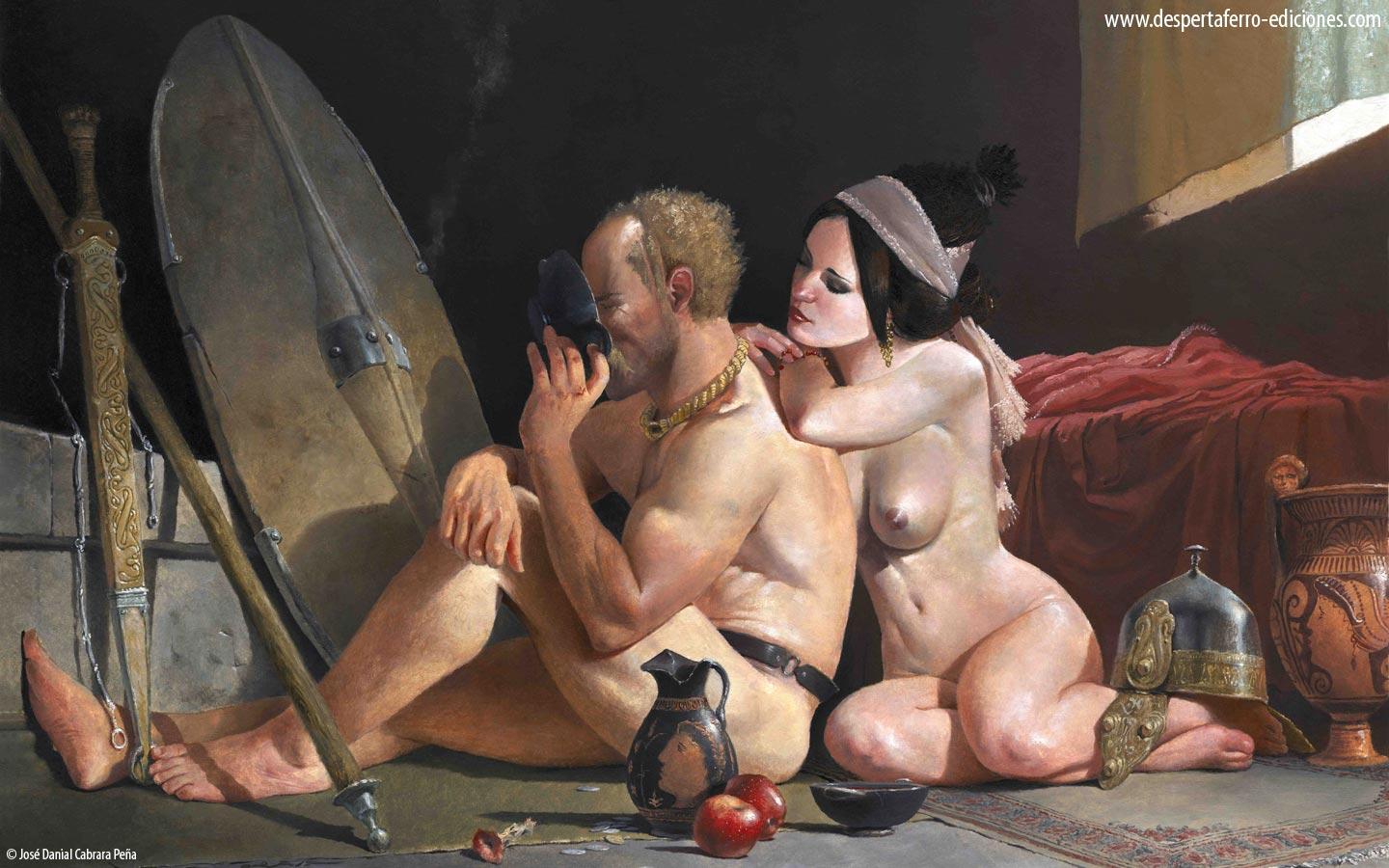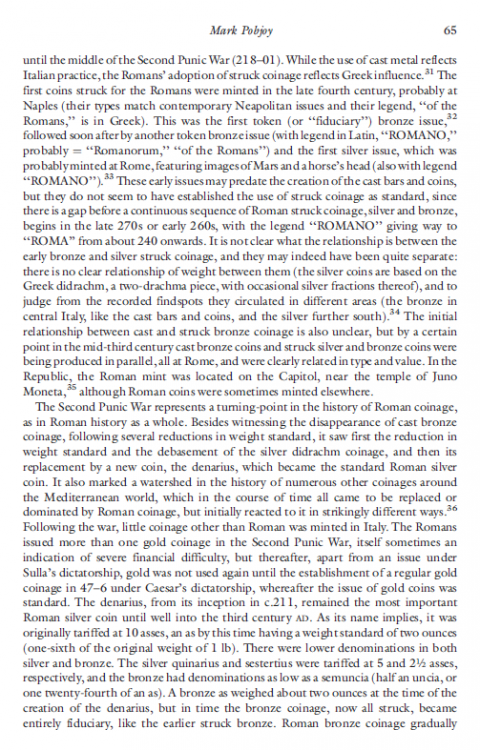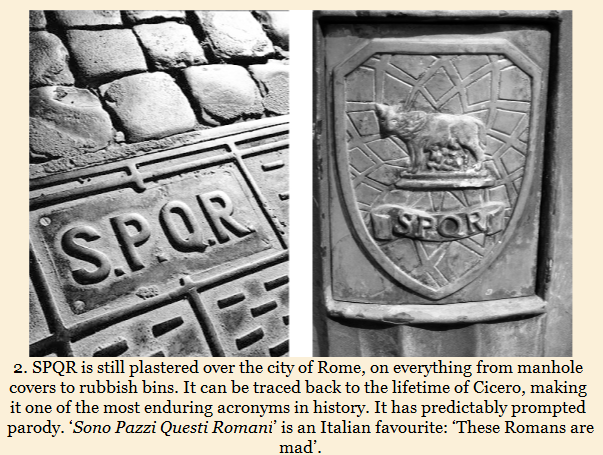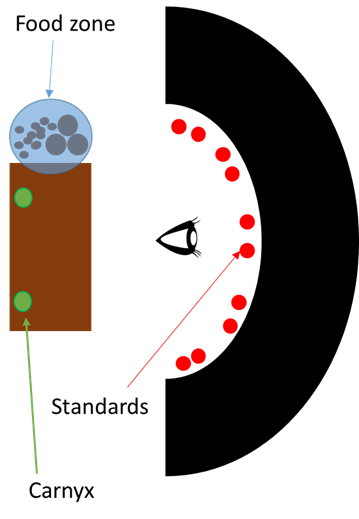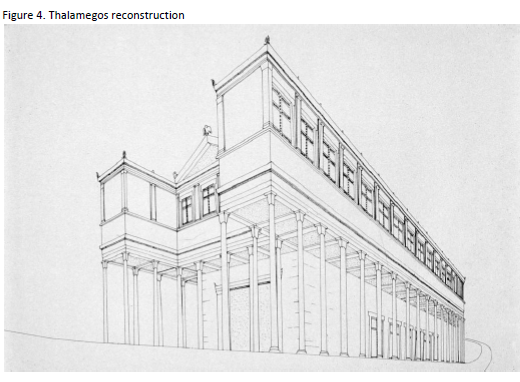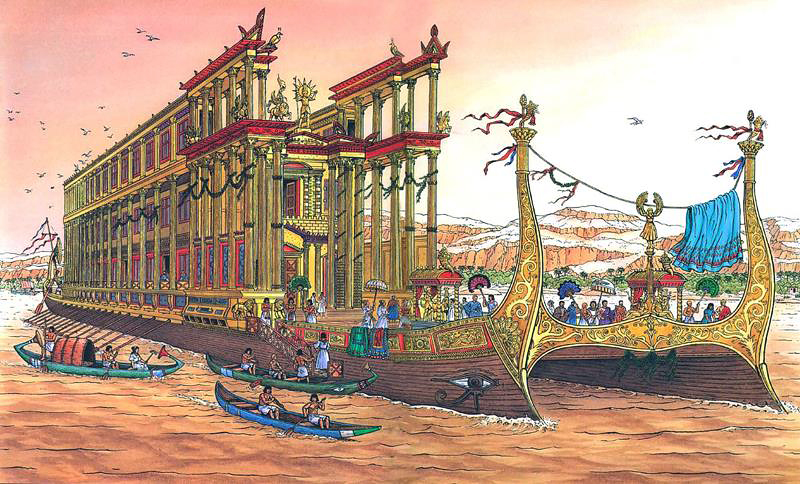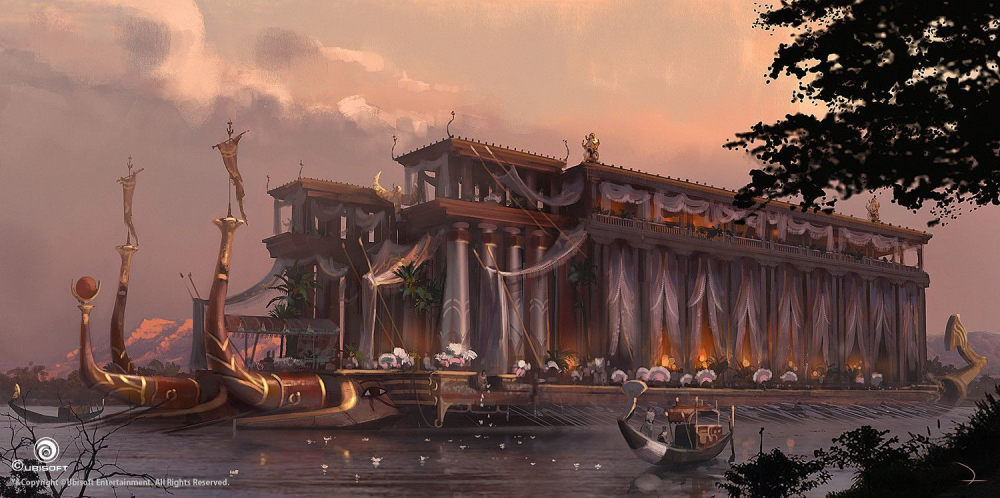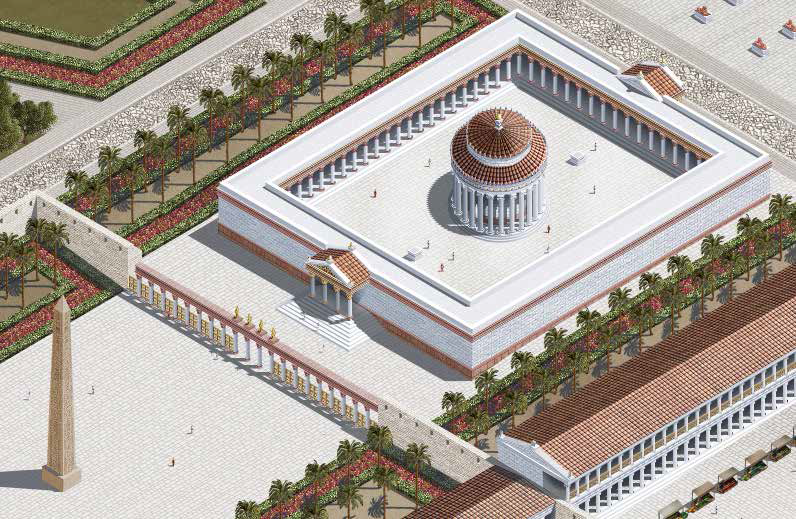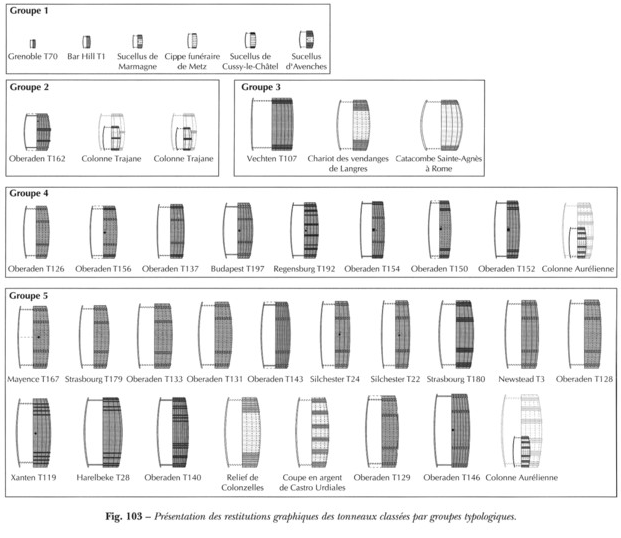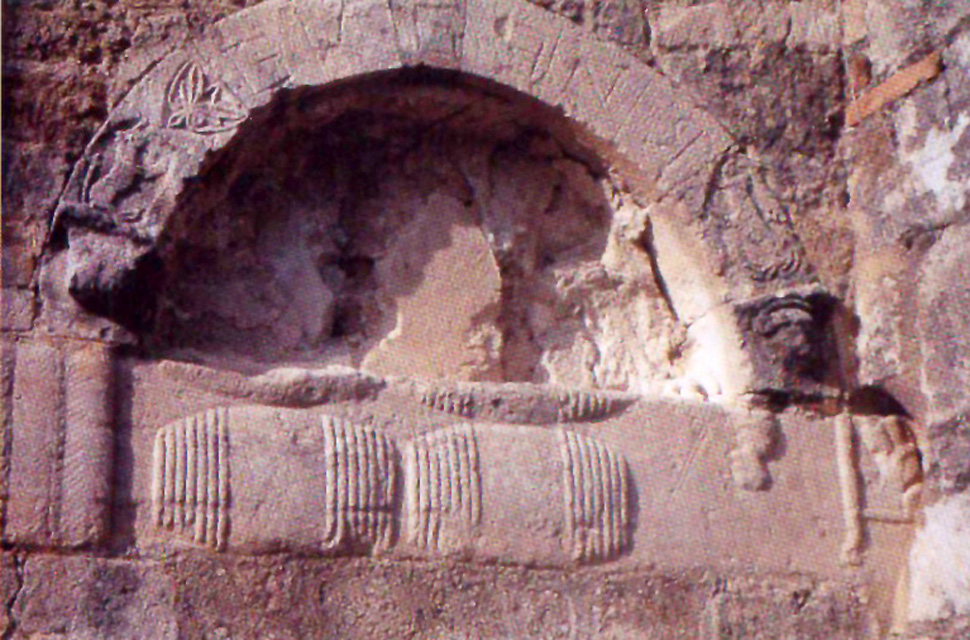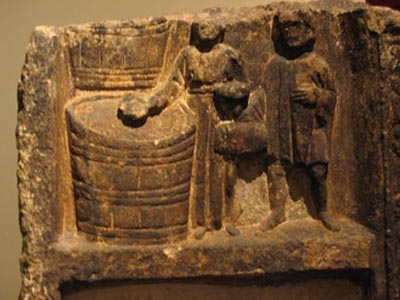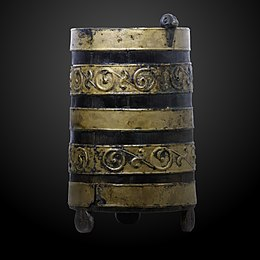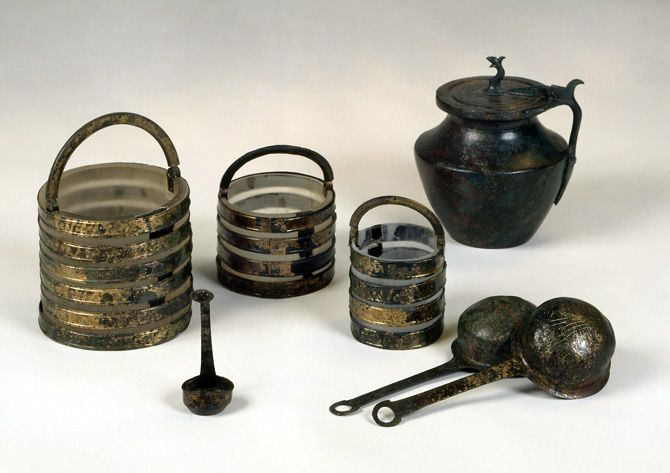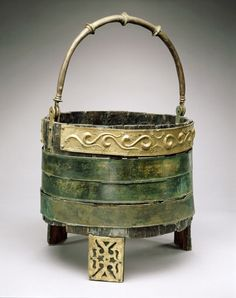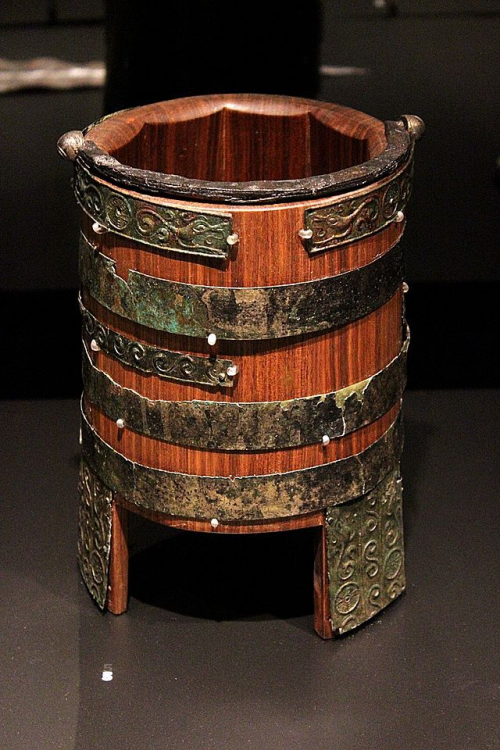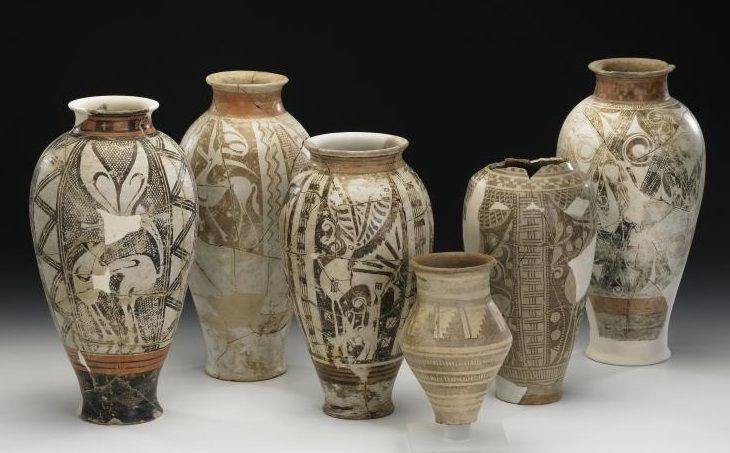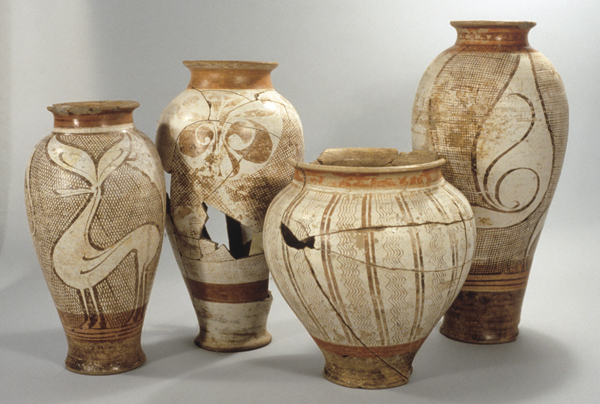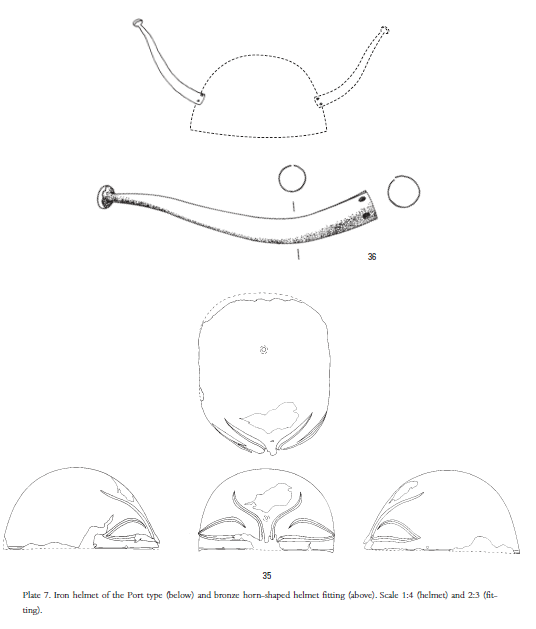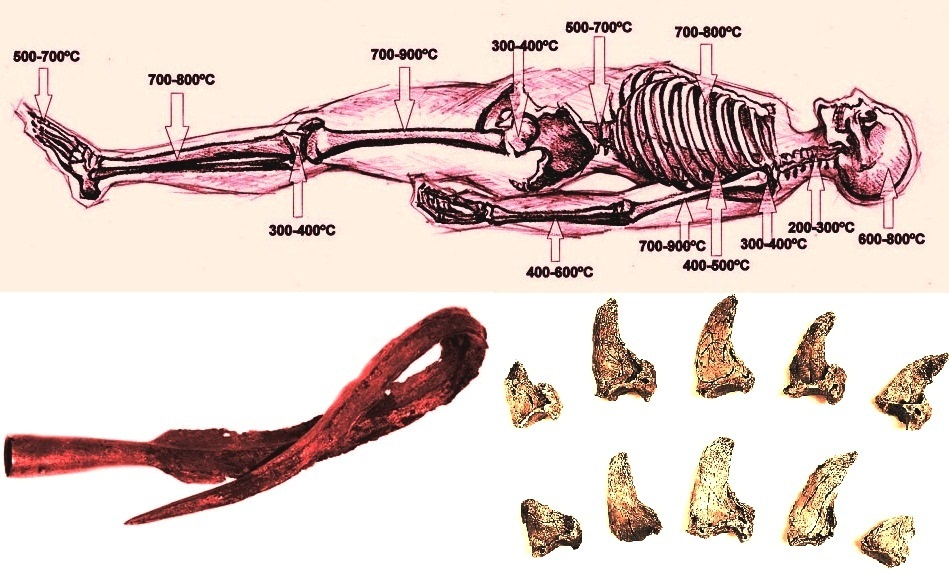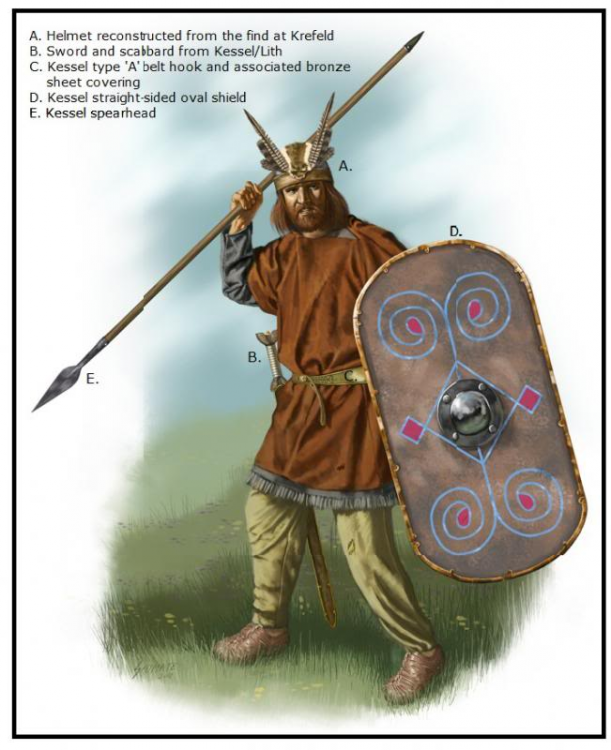-
Posts
2.401 -
Joined
-
Last visited
-
Days Won
82
Everything posted by Genava55
-
.thumb.jpg.b21ca1d0c15fb56b42c39b25a0a40815.jpg)
0 A.D Romans should cover more than 1 century
Genava55 replied to Diatryma's topic in Eyecandy, custom projects and misc.
Roma is indeed attested on Roman coins. Well, the Roman faction is only about Polybian era isn't it? In the book of Mary Beard, she says it can be traced up to Cicero era: -
.thumb.jpg.b21ca1d0c15fb56b42c39b25a0a40815.jpg)
===[TASK]=== 0 A.D Ships Update.
Genava55 replied to Alexandermb's topic in Eyecandy, custom projects and misc.
Sorry to disappointing you but: https://www.telegraph.co.uk/news/worldnews/europe/italy/8907425/Romulus-and-Remus-symbol-of-Rome-could-be-medieval-replica.html Moreover, "SPQR" started to be used only through the 1st century BC. -
A few legends from the Titans are suspected to come from the Minoan civilization. Rhea for example. Others gods like Posidaeja and Britomartis are from them as well. The minotaurus legend too.
- 159 replies
-
- 1
-

-
If you want different Greekish factions, you can add varieties from Mycenean and Minoean cultures.
- 159 replies
-
- 1
-

-
.thumb.jpg.b21ca1d0c15fb56b42c39b25a0a40815.jpg)
===[TASK]=== 0 A.D Ships Update.
Genava55 replied to Alexandermb's topic in Eyecandy, custom projects and misc.
This one too, very similar: https://en.m.wikipedia.org/wiki/Sextans_(coin) -
My sketches (don't laugh). A suggestion to display the standards in front of the rows as symbols of each "pagus" (smaller tribe or even clans) where the members are sitting. Two carnyx could be leaning against the balustrade (wooden frame) on the front scene.
-
Ok, then I understand better. I was trying to do something simpler to not make Celts OP for the others factions. What about a choice of regional champions for the Gauls? Gauls roster: Village Swordman - Cingetos (generic term for warrior fighting in the front line). Javelin skirmisher - Bagauda (bellicose/fighter) Lance cavalry - Excingos (attacker, who-get-out-to-fight). Town Champion naked warrior (spearman) - Bariogaisatos (furious spearman). Fast and scary for fresh recruit (bonus against basic version of units ?) Sword cavalry - Eporedos (cavalryman). Spearman - Ambactos (who-is-around, attested word from Caesar for Gallic retinue and clients). Slinger - Telmiuicos (slinger) City Champion sword horseman - Comaterecos (patrician) Archer - Selgos (hunter) - Archers. Upgrade for the slinger? One champion chosen by the player from this list during the third phase: Champion Lance cavalry - Epouanos (horse-killer). Anti-cavalry special unit. Regional Celto-Germanic. Champion Swordsman - Soliduros (Bodyguard). Regional Aquitanian. Champion Axeman - Namantobogios (smasher of enemies). Regional Rhaetian (eastern alp). Based on an unique find, difficult to interpret.
-
.thumb.jpg.b21ca1d0c15fb56b42c39b25a0a40815.jpg)
Specific Name Review: Structures
Genava55 replied to Doktoreus's topic in Game Development & Technical Discussion
This is a hard one. If I do a backward construction from the Irish "dealbh", it should be something like "deluos". -
I want the Thalamegos!!! Joke aside, if it can help you : THE LOST PALACE: Hellenistic Palace of Alexandria https://www.academia.edu/6703691/THE_LOST_PALACE_Hellenistic_Palace_of_Alexandria_Julia_Gruhot_ARTH_302 reconstruction of the palace area in Alexandria https://www.academia.edu/4662183/reconstruction_of_the_palace_area_in_Alexandria
-
For me it is absolutely not a problem. Spearman, swordsman, cavalry, skirmisher, slinger... these are very common in any "barbarian" culture. But if they have all the same roster and that currently the same stats for each type, it could become boring. I don't know if you are talking about the vanilla game or about a mod. Is it more balanced like this? Different starting units but with the town phase they are more similar with their new units. Gallic roster: Village Swordman - Cingetos (generic term for warrior fighting in the front line). Javelin skirmisher - Bagauda (bellicose/fighter), Talanos (support person). or Adretos (who moves fast, attacker). Sword cavalry - Eporedos (cavalryman). Town Champion naked warrior (spearman) - Bariogaisatos (furious spearman). Fast and scary for fresh recruit (bonus against basic version of units ?) Spearman - Ambactos (who-is-around, attested word from Caesar for Gallic retinue and clients). Slinger - Telmiuicos (slinger), Uassos (meaning servant/vassal) or Talanos (supportive person). City Champion sword horseman - Comaterecos (patrician) or Uerouicos (victorious warrior, great fighter) Archer - Selgos (hunter) - Archers. Upgrade for the slinger? Champion Lance cavalry - Epouanos (horse-killer). Anti-cavalry special unit. Brythonic roster: Village Spearman - Catucos (combatant), Batacos (combatant) or Batoros (who-hit-hard, fighter). Javelin skirmisher - Bagauda (bellicose/fighter), Talanos (support person). or Adretos (who moves fast, attacker). Light cavalry with javelins - Gaisaredos (Javelin on horse, mounted), Gaisatoredos (Javelinist on horse), Adretos (who moves fast, attacker) or Bagauda (attested for horsemen as well during the Gallo-Roman rebellion). Town Slinger - Telmiuicos (slinger), Uassos (meaning servant, attested word) or Talanos (support person). Lance cavalry - Marcacos (cavalryman). Marcos is another word for the horse, more common in the island than in the continent. Swordman - Batoros (who-hit-hard, fighter) or Excingos (attacker, who-get-out-to-fight). The Caledonians are described as using longswords and small shield and the Picts are described fighting naked. War-Dogs - Agrocuna (battle/bloody/killer dog) City Champion chariot warrior - Esseda (war chariot). The Britons use war chariots with a driver and an elite warrior, they throw javelins from it and continue the fight on foot (possibility for the unit to transport one infantryman ?) Champion swordsman - Argos (battle champion, noble), Donnouicos (noble warrior, noble fighter) or Adscoros (attendant, retainer). Champion skirmisher infantryman - Caur (old-Irish for champion) or Art (old-Irish for champion and bear). A propose an Irish elite javelinist, with a historical irish shortsword. If the double weapons switch is implanted, it could be an interesting unit. Polyvalent.
-
For me it is ok. The technic to circle the barrel with iron is already known at this time, since it is used to do the same for chariot wheels. Ok! I will try to do some sketches.
-
Yes I understand. It is not necessary urgent, maybe Wacky and Alexander can help for these things in the future. Good question. By checking on the literature, I think there is a huge diversity of typology during the Gallo-Roman period: https://www.persee.fr/doc/galia_0016-4119_2001_num_58_1_3179
-
Fair enough. It depends if there is a meaning behind their addition. For example if there are small places with a few buckets in reserve, drinking services, a few potteries for food, two or three barrels, it could make sense as a preparation for the distribution of these during an assembly. Maybe on the sides of the front scene if I can suggest you.
-
From the Gallo-Roman period (2nd century AD I think) But I agree for the potteries. There also decorated bucket from the Late La Tène period. Roman amphora are as well attested on the Corent hemicycle, it is suspected they drank wine and ritually "killed" the amphora to seal the deal. I don't have any problem with the idea of stuff like barrels, potteries and buckets. Maybe just avoid the cliché of putting it everywhere like a messy place (under the rows/tiers for example, it has no sense).
-
Aura booster for the player units or even aura malus for enemies. The Carnyx were described as scarying the Mediterranean troops when they are not used to hear it. Maybe the soundtrack used by EB2 could be used, they have carnyx playing as battle soundtrack. Maybe it is in the CC license. I need to check. Edit: it is actually a soundtrack from John Kenny. I don't know if they got his permission. Edit2: http://www.twcenter.net/forums/showthread.php?702760-Celtic-Campaign-Theme-(music) Mmm, yeah why not. Maybe a boost related to the number of civic centers owned by the players. The historical justification is an increase of pagus and civitas (territories) under the authority of the assembly as vassals and clients. An increase of tribute as a consequence.
-
Fair point. This assembly can have different purposes but most of the idea are already used in the game: heroes recruitment, territory extension, increasing capture resistance nearby and military upgrades research for examples. In my mind, it could have been the place to recruit clientship units of the late La Tène period (archers, ambactos etc.) or to research their upgrades enabling them. But as an innovative idea, I see the possibility to produce some standard-bearers or some carnyx players.
-
It is not that bad. Wicker is an interesting idea I think. It is very easy to embellish a wicker construction, with pattern, different woods or painting. The shape yes. The shield boss should be in iron to be more accurate. I wonder if the shield hanging around is not making the environment messy. The boar-standard is definitely proven: https://fr.wikipedia.org/wiki/Sanglier-enseigne_gaulois Spear-standard, horse-standard and bull-standard are also seriously suspected. http://reproductioncelte.centerblog.net/112-enseigne-lance-gauloise A building I suggest to call Remogantion, the assembly of the princes. Representing the assembly of the Gallic "senators" mentioned by Caesar. It could be the building for the recruitment of the champion cav unit and maybe some others late units.
-
En gros, est-ce que tu voudrais rajouter des objets pour embellir le bâtiment ou remplir la scène? For example, the Roman account the importance of military standard to make an oath. Maybe we can display some military standards known for the Gauls, maybe a few carnyx as well. It is just an idea I throw around.
-
It seems nice like this. How is the back side? Not looking too much empty? I know they put something to cover the stairs in the 3D model but I don't think it will fit with your general design. And what is your own opinion? Do want something to enhance the ambient (artistic pattern, pottery, or any other goods)?
-
.thumb.jpg.b21ca1d0c15fb56b42c39b25a0a40815.jpg)
Specific Name Review: Structures
Genava55 replied to Doktoreus's topic in Game Development & Technical Discussion
Seems correct to me, only the name missing for binaries/data/mods/public/simulation/templates/template_structure_special_rotarymill.xml -
Thanks for your feedback. The Gallic archer can be an upgrade of the slingers, similar to the upgrade in one of the hellenistic faction. If it is not difficult to code. Like this there is only one long ranged unit and it follows an evolution backed by the historical records. If the Gauls have a basic foot swordsman and a basic sword cav and the Britons have a naked swordsman and a champion foot swordsman, is it ok? If not we can maybe put the caledonians as a normal swordsman units for the town phase and not as a naked special unit. Thus cheaper. For the Gallic cav champion, sword or lance are both possible. Historically they used both.
-
Hi! It is nice to have someone with experience on this subject. Thank you. Well, you are right on the relationship between both accounts. But the timespan and the geographical contexts are quite different, 3rd c. BC to 2nd c. AD for the Xiongnu empire and 3rd to 5th c. AD for the Huns in Europe. The Huns of Attila are not exactly the same than the Xiongnu faced by Han Wudi (Liu Che). The situation is similar for the Hepthalites Huns, there are some differences and cultural exchange. Especially in the case of multiethnic empire. I think it is why it was thought to make two factions. The use of the haplogroup Q-M242 is a bit difficult in Europe because Germans are carrying a few percent of this haplogroup. As you pointed out, this haplogroup is a feature from the Palaeolithic and it has spread through the Arctic cultures as well. Thus in Scandinavia too. We find today from 2 to 4% in the Swedish and Norwegian population. But you are right, there is a signal of the Xiongnu in the genome of some burials in Tian Shian for the 3rd/4th century AD. Indicating a migration (and some mixing as well). The Han records some battles against the Xiongnu where they used numerous infantrymen, for example the battle of Mobei. Do you have some information on the status and equipment of these men? Are they Han chineses? Zhao Xin is noted to have built a fortress, do you have any information on this building?
-
.thumb.jpg.b21ca1d0c15fb56b42c39b25a0a40815.jpg)
===[TASK]=== 0 A.D Ships Update.
Genava55 replied to Alexandermb's topic in Eyecandy, custom projects and misc.
Here some proposition https://en.wikipedia.org/wiki/Roman_currency#/media/File:Aes_Signatum.jpg Janus double-face from a Aes grave: https://img.ma-shops.com/goduto/pic/906_z_712_ae_grave.jpg Open hands from an Aes grave: https://fr.wikipedia.org/wiki/Fichier:Aes_Grave_Quadrans3.jpg -
Cool ! You can look to the Lisnacrogher sword and to the Clonoura shield for references to help you. It could be a spear. Indeed, there are some hugh spearheads found for the La Tène Gauls, even of the size of a sword for one found in Belgium. But the Roman accounts talk about a sword as well. However, I don't think it is really important, what is their characteristics is their swift tactic unexpected by most of their enemy. Even by the Parthian Cataphracts. It should be hard to create a new animation if we want to follow the two descriptions of the Romans (dismounting and stabbing from below). Maybe keeping it simple for the moment with a lance-cavalry unit is enough. It is there it got interesting. We can use this unit to introduce some germanic features from the Bastarnae, the Tencteri and the Batavi. For example, in the region of the Eburones/Batavi, there is a Celtic helmet of the type Port found there and a horn possibly from another helmet, probably posterior of the Gallic Wars: There is the Bastarnae warrior with a bear cloak and claws necklace: https://balkancelts.wordpress.com/2017/01/29/the-bear-claw-warrior-burial-of-a-celto-scythian-bastarnae-horseman-from-mana-orhei-district-moldava/ A bear cloak was found in south Britain as well, therefore it is possible that this custom was shared by a few Celts. There is also the Gelduba/Krefeld helmet from the Batavi in the 1st century AD: Then we can use a Gallic basis with Celtic cloth and celtic cape and adding a few germanic elements, maybe for the advanced and elite version if the unit is not a champion. Edit: example:

